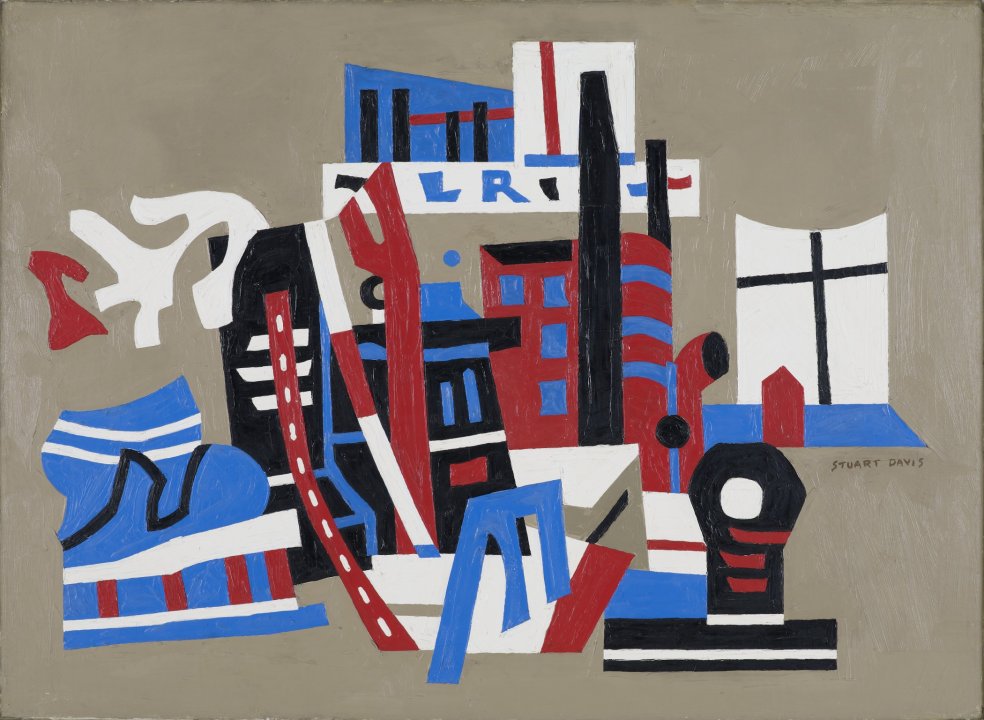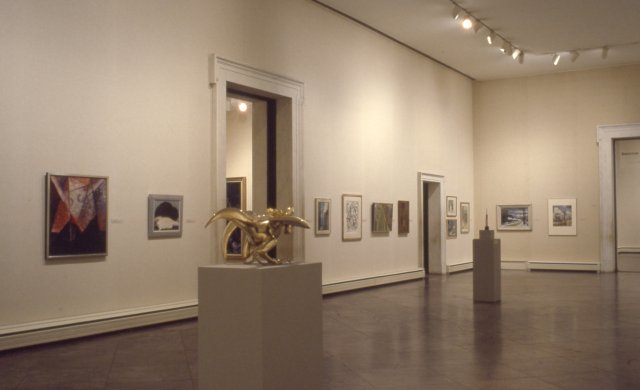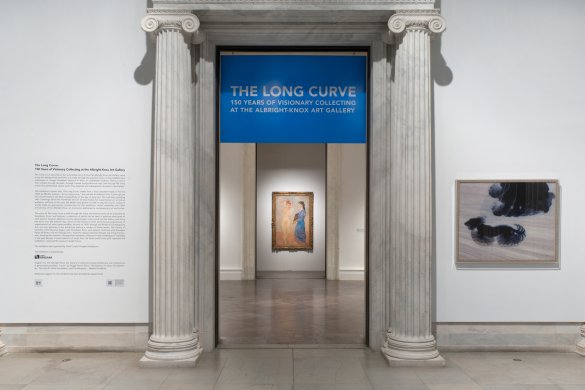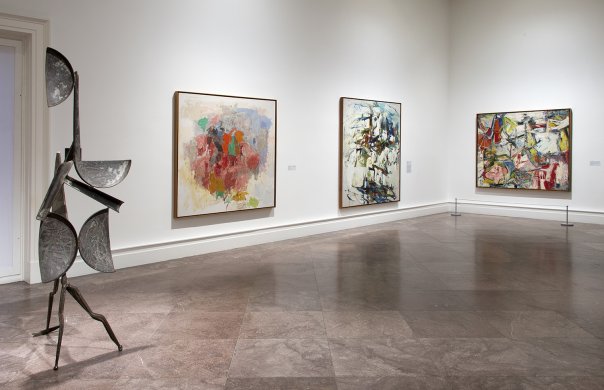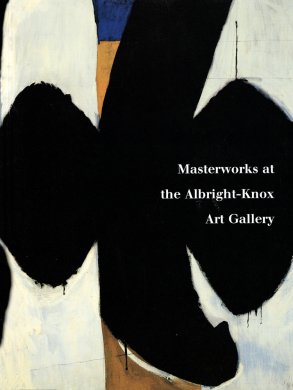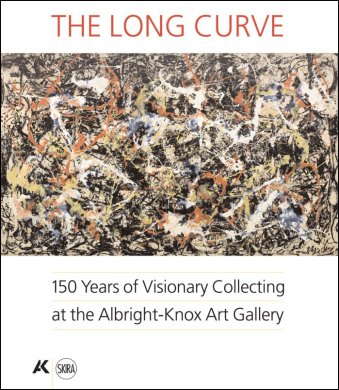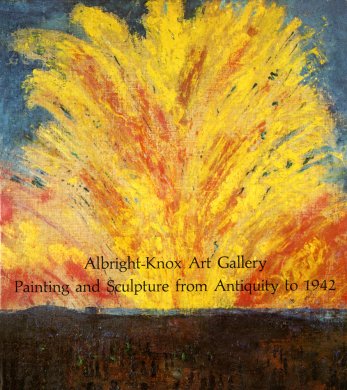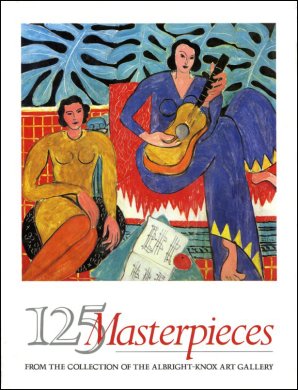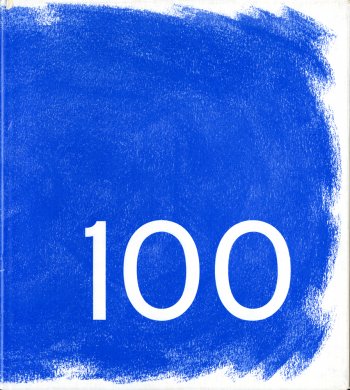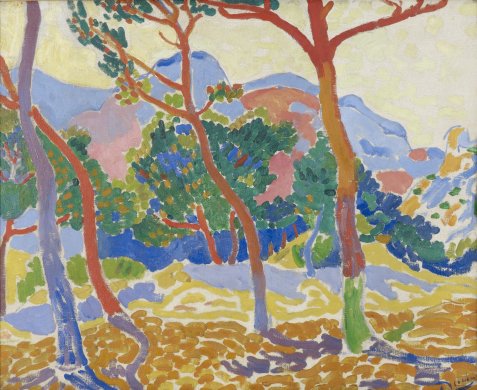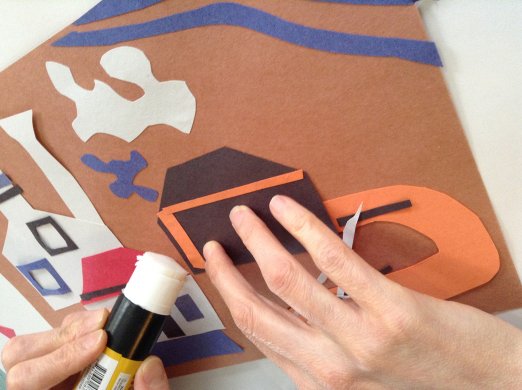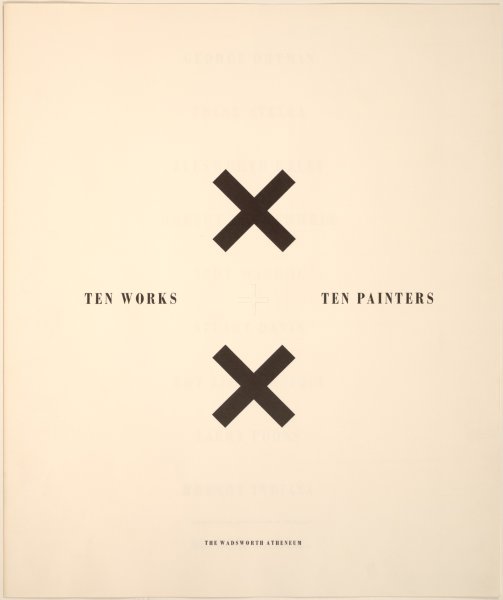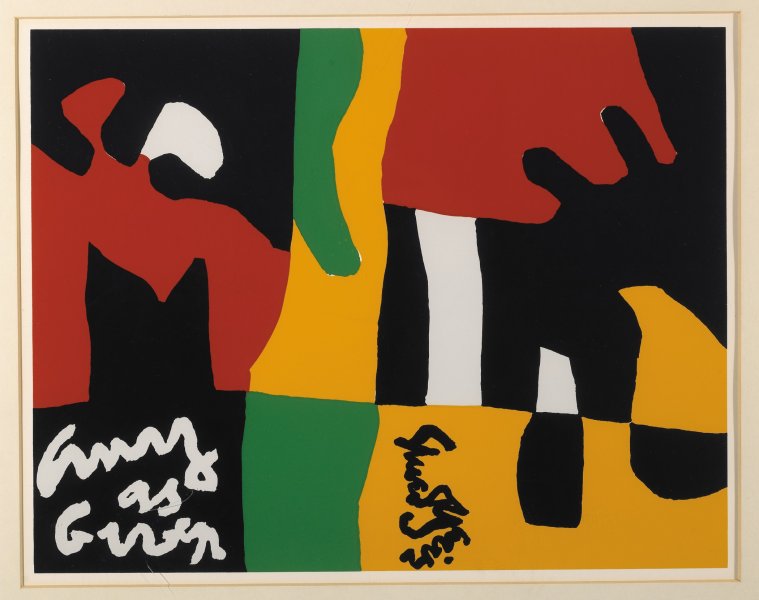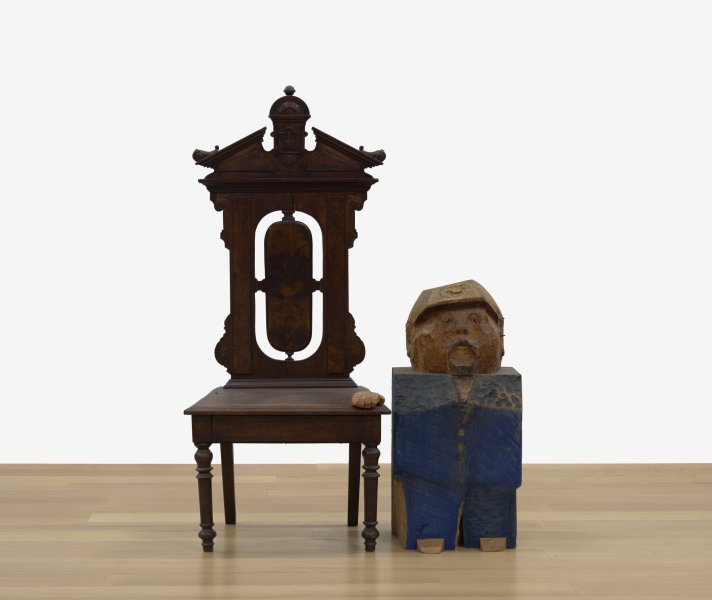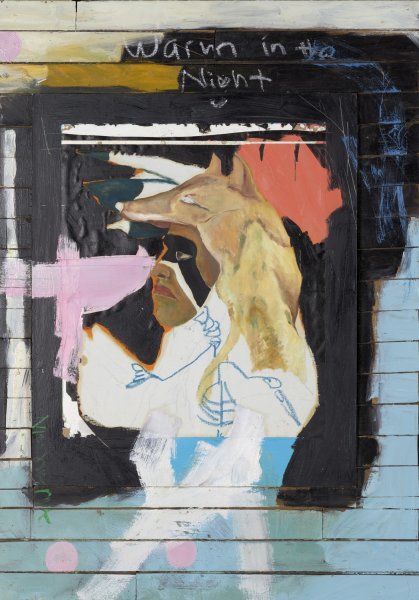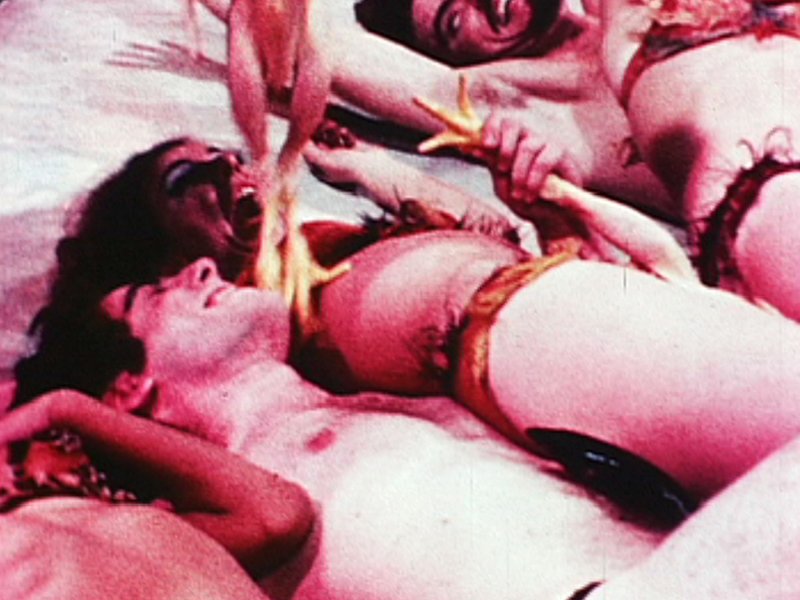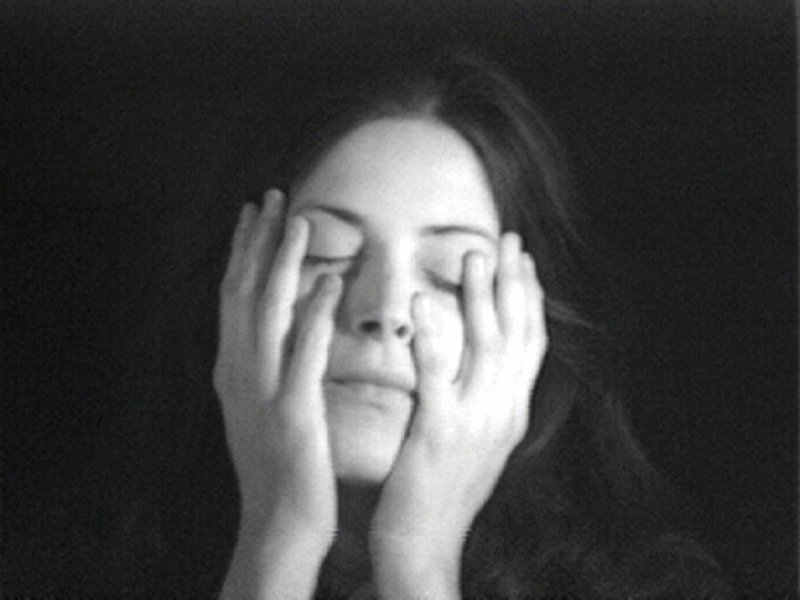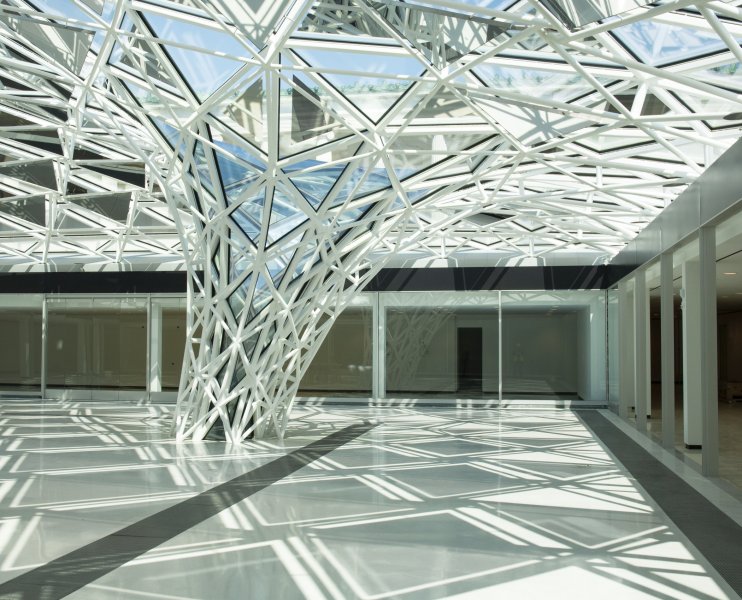Stuart Davis
American, 1892-1964
New York Waterfront, 1938
Artwork Details
Currently on View
Collection Highlight
Materials
oil on canvas
Measurements
support: 22 x 30 1/4 inches (55.88 x 76.83 cm); framed: 23 1/2 x 31 1/2 x 2 inches (59.69 x 80.01 x 5.08 cm)
Collection Buffalo AKG Art Museum
Credit
Room of Contemporary Art Fund, 1943
Accession ID
RCA1943:6
As a young man, Stuart Davis spent time studying in Paris, where he became immersed in and inspired by European modern art, especially Cubism. By 1922, however, he had already declared that his style of art would be “rigorously logical, American, not French. America has had her scientists, her inventors, now she will have her artist.” Davis’s brightly colored and energetic canvases reflect the dynamism of twentieth-century American life. The waterfront—from the bustling ports of New York to small boat harbors in New England—was one of his favorite themes. While Cubist tableaux often depict figurative or still life motifs, Davis chose instead to portray a bustling urban landscape comprising pier warehouses, smokestacks, and ship fragments. Additionally, Davis was one of the first visual artists to recognize jazz as a distinct American genre; his compositions relate to its syncopated rhythms and the diverse locations where this music thrived. The predominate use of red, white, and blue also underscores this work’s undeniable patriotic theme.
